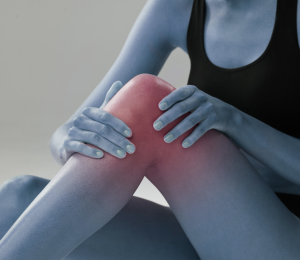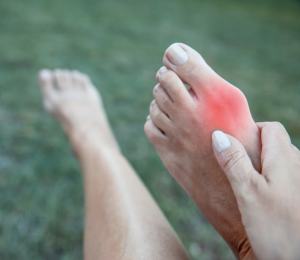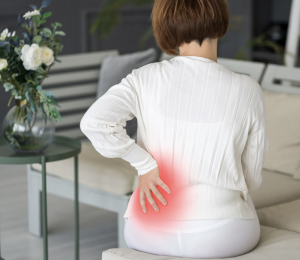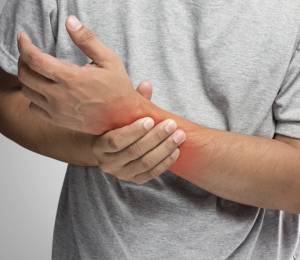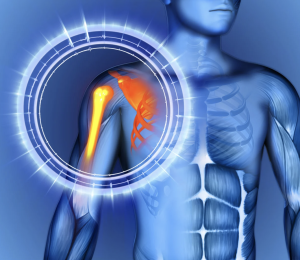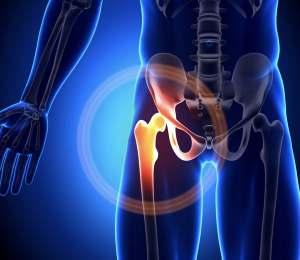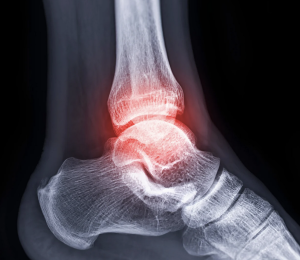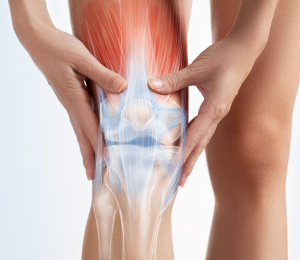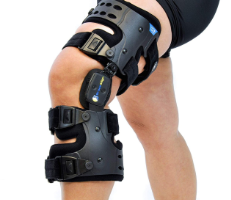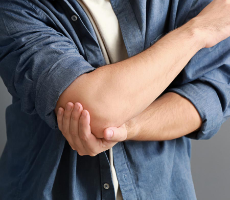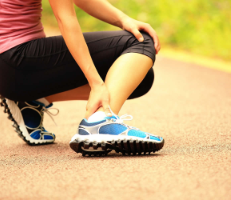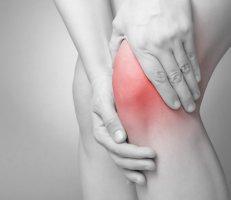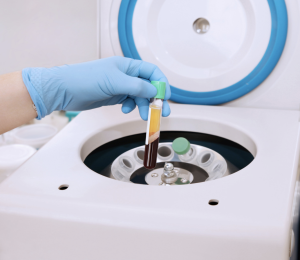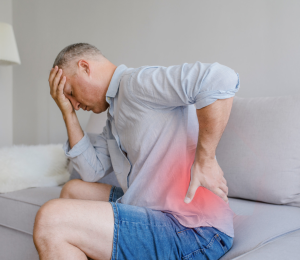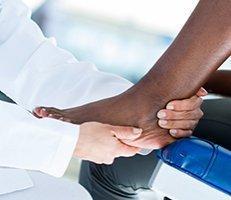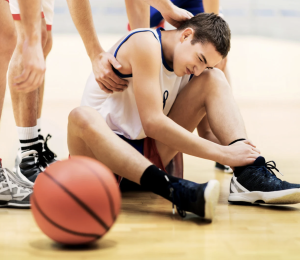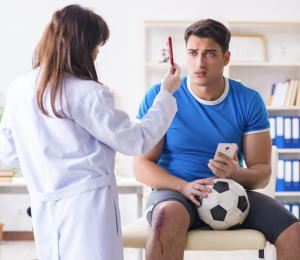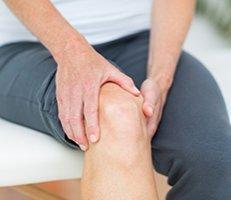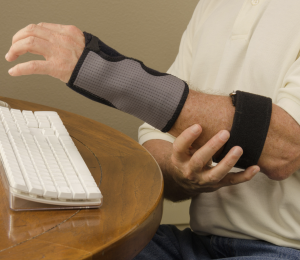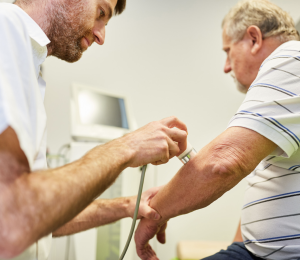What is the Difference Between a Sprain and a strain?
Sprains and strains are common injuries that affect people of every age, especially those who stay active or are involved in sports.
A sprain involves an injury to a ligament, the tissue that connects bones to a joint. The damage usually involves the stretching or tearing of a ligament, resulting in limited mobility and persistent pain.
A strain affects muscles and tendons, the fibrous tissue that connect muscles to bones. In this type of injury, the affected tendon or muscle becomes stretched out or torn.
What are the Symptoms of a Sprain or Strain?
Symptoms of sprains and strains are similar, and it’s important to get an accurate diagnosis right away to prevent additional injuries.
Common symptoms of sprains and strains include:
- Pain
- Swelling
- Mobility issues
With a sprain, you also may notice some visible bruising around the affected joint. With a strain, you may feel frequent spasms or cramping in the affected muscle.
How is a Sprain or Strain Diagnosed?
Your Commonwealth Orthopaedic Associates physician listens to your symptoms and may physically evaluate the area, checking for tenderness or signs of bruising.
To rule out broken or fractured bones, your physician may request an X-ray or another imaging test to get a better look at the internal structures in the area of pain.
What Treatments are Available for a Sprain or Strain?
The first thing you should do at home after a suspected strain or sprain is to get a lot of rest. You can use ice therapy to reduce inflammation and swelling, applying a cold pack to the area for 20 minutes at a time.
It can also help to elevate the affected area above your heart to reduce swelling and pain. Taking over-the-counter anti-inflammatories and pain relievers can keep you comfortable as you recover.
If pain becomes severe enough to interfere with walking, or you can’t tolerate the discomfort you feel, schedule an evaluation to ensure the injury isn’t more serious.
To learn more about treating a sprain or strain, schedule your consultation at Commonwealth Orthopaedic Associates online or by calling the office.


